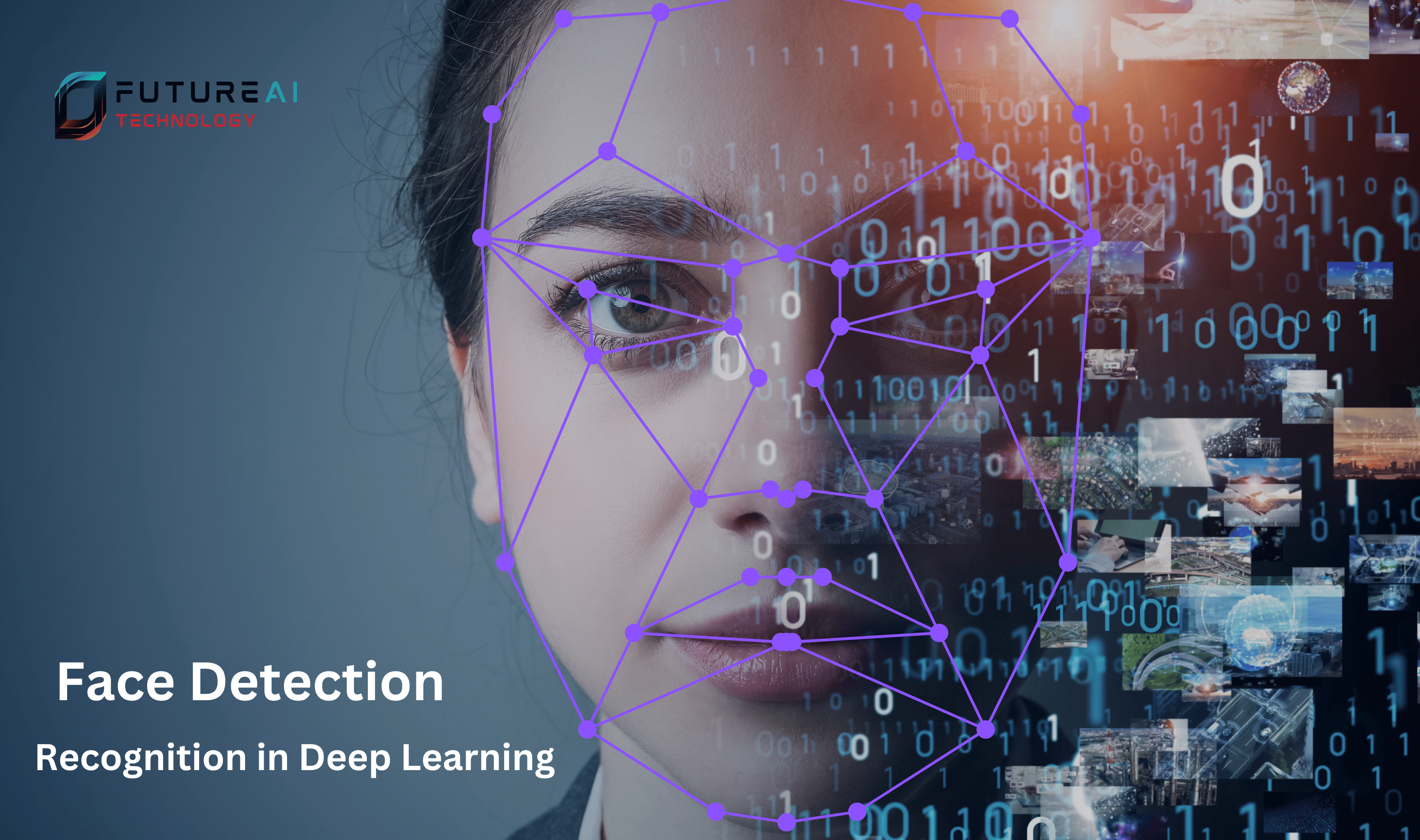Face Recognizer
AI-based Vehicle Parking Solution

Face recognition is one of the most prevalent applications of deep learning and artificial intelligence (AI). With the aid of deep neural networks, it can analyze facial characteristics and accurately identify individuals.
Here is how it operates:
- First, the face of the individual is extracted from the image using an algorithm such as MTCNN.
- Deep learning algorithms then employ convolutional neural networks (CNNs) to extract features from the face extracted by MTCNN.
- These characteristics consist of facial contours, eye placement, and other facial characteristics.
- These CNNs models then use these characteristics to identify the person in the image.
Typically, facial recognition algorithms use the following steps to identify an individual:
Face detection begins with locating the face in the image.
This is accomplished using CNN models that have been pre-trained, such as MTCNN, that can identify the location of the face in an image.
Once a face has been identified, the algorithm aligns it to a standard size and orientation.
This reduces the effect of pose and lighting variations.
The algorithm then uses a CNN to extract feature vectors from the face that has been aligned.
To extract relevant features, the face image is passed through a series of convolutional and pooling layers.
FaceNet and VGGFace are well-known Deep Learning models for feature extraction.
The final step involves classifying the individual based on the extracted features.
Using a model that has been trained on a large dataset of faces, is accomplished.
The model employs a Softmax function to assign a probability to each individual, with the individual identified in the image having the highest probability.
SVM is one of the most frequently employed face comparison algorithms (Support Vector Machine).
There are numerous applications for facial recognition, including security, marketing, and social media.
It can be used to identify individuals in surveillance footage, analyze customer behavior in retail stores, and tag friends in social media photos, among other applications.
However, there are also privacy concerns surrounding face recognition technology.
Critics contend that it can be used to track individuals without their knowledge or consent and can be biased against certain demographics.
As a result, there is an ongoing discussion regarding the proper application and regulation of facial recognition technology.